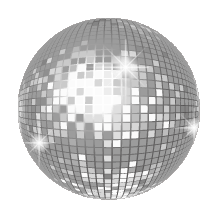The History of Halloween

Halloween is also known as All Hallows Eve, All Soul's Night (or Day) and is sometimes observed on November 1, like in the Catholic Church.
Now I could go into the whole thing about what Halloween meant way back in the day of the serfs, but why? Do you need to know that "October 31 lies exactly between the Autumnal Equinox and the Winter Solstice" and that in those days it was thought to be a "very potent time for magic and communion with spirits?" And that this is how witches and sorcerers, black cats, bats (night creatures), ghosts and other "spooky" things became associated with Halloween? Nah.
Where does the pumpkin come in? Well, lanterns that were carved out of pumpkins were used to provide light. "The name "Jack-O-Lantern comes from an old Irish tale. Jack was a man who could enter neither heaven nor hell and was condemned to wander through the night with only a candle in a pumpkin for light. Or so goes the legend... Since candles placed in hollowed-out pumpkins would produce flickering flames, this phenomenon may have led to the association of spirits with the lanterns, and this may have led to the tradition of carving scary faces on them."
And the "treats" thing? "Trick or treat" is a result of a tradition in the British Isles where people would go door-to-door asking for donations of money or food for the New Year's feast and those that didn't give would be cursed. Somehow New Year's turned into Halloween. Go figure.
Costumes make the most sense--at least according to what I've read. "Villagers would dress as ghosts, to escort the spirits of the dead to the outskirts of the town, at the end of the night's celebration."
So now you know! And even more reason to party, right?




